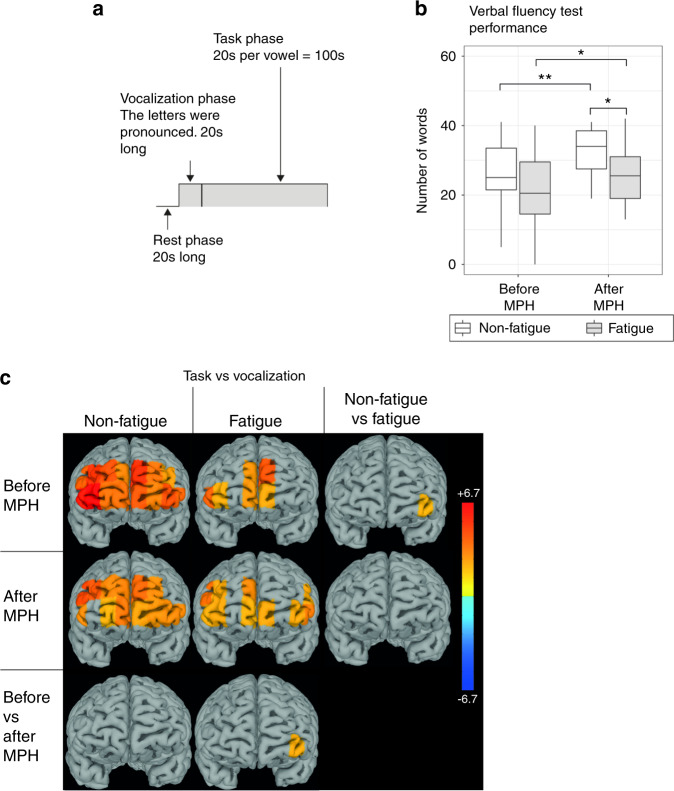Fig. 4. The VFT – more pronounced improvement and more channels activated in non-fatigued compared to fatigued.
A The VFT was divided in three phases: A 20 s rest phase, followed by a 20 s vocalization phase and finally the task, which was 100 s long. The HbO levels was compared between the task and vocalization phases. B There was no significant difference in number of words produced between fatigued and non-fatigued before methylphenidate. Both groups improved after methylphenidate administration, but the non-fatigued improved to a greater extent, resulting in significantly more words produced, compared to fatigued. C The heatmaps display t-values for the significant comparisons between task and rest, non-fatigued and fatigued as well as before and after methylphenidate. Significant increase in prefrontal cortex activity from vocalization to task was seen in 15/16 channels in non-fatigued and 6/16 channels in fatigued patients before methylphenidate. After methylphenidate the non-fatigued activated 13 channels and fatigued activated 10 channels. Channel 4 was significantly more activated in non-fatigued compared to fatigued patients before methylphenidate, and significantly increased in activity in fatigued patients after methylphenidate administration. The heatmaps display t-values for the comparisons between task and rest, non-fatigued and fatigued as well as before and after methylphenidate. VFT Verbal Fluency Task, HbO Oxygenated Hemoglobin, methylphenidate Methylphenidate.

